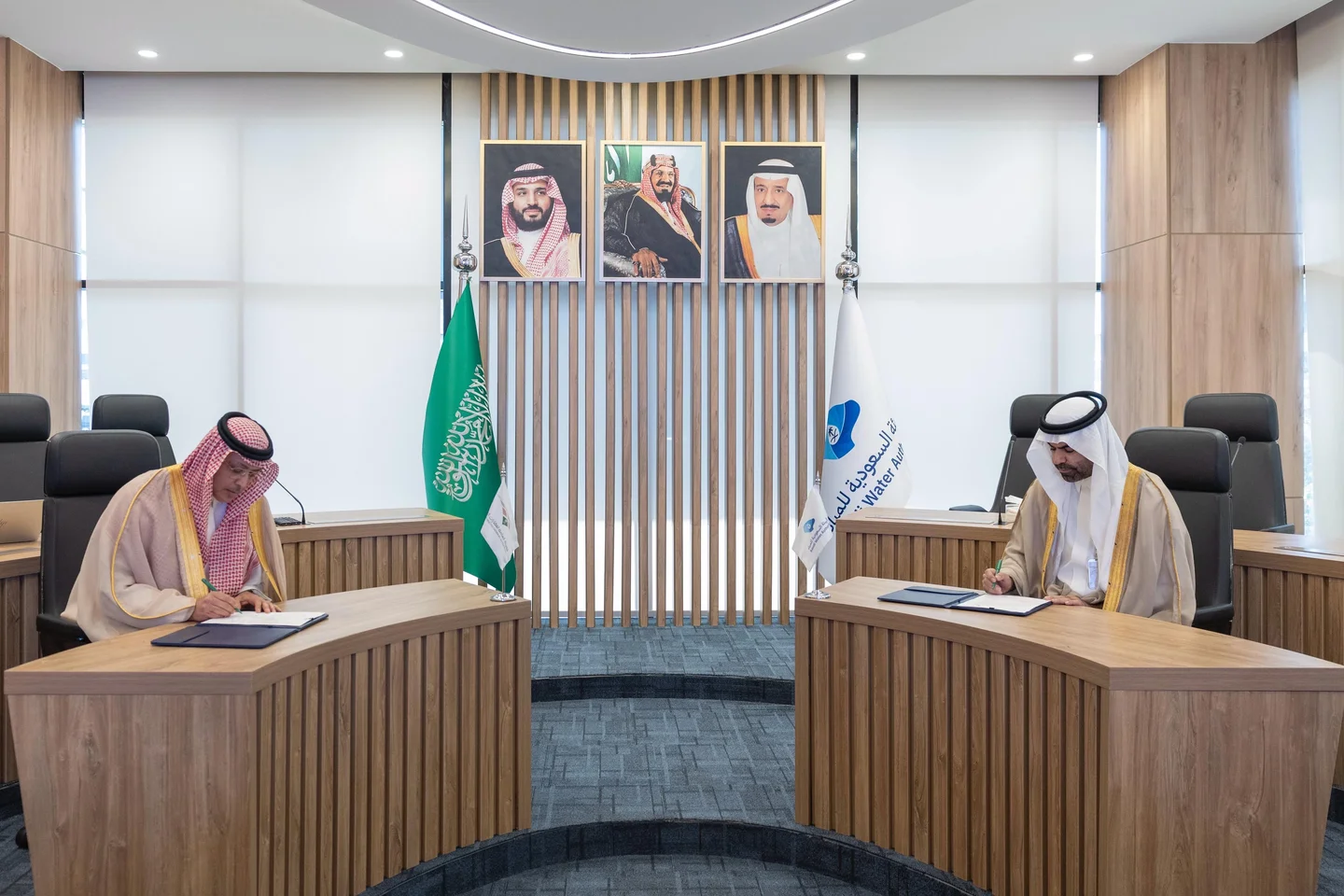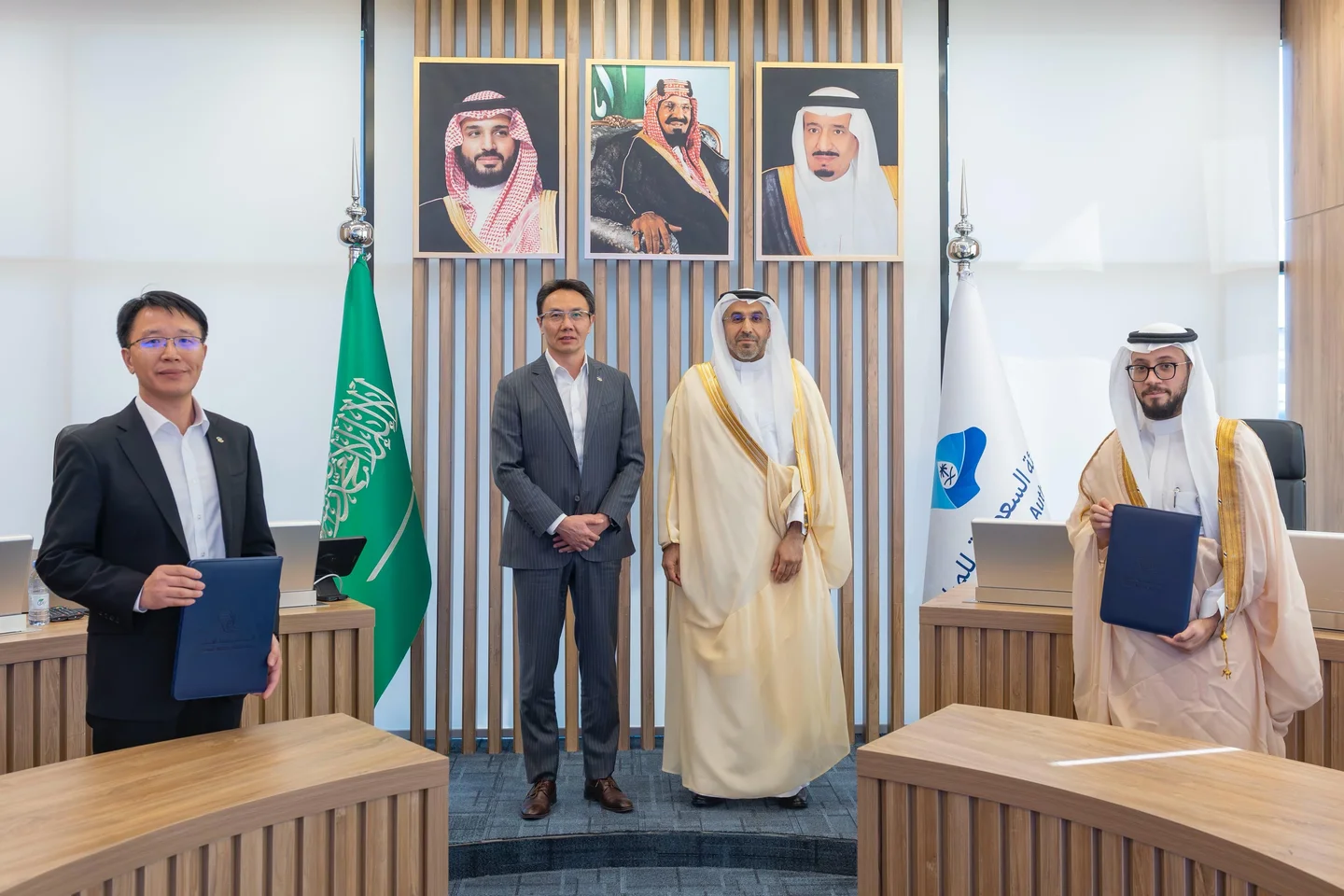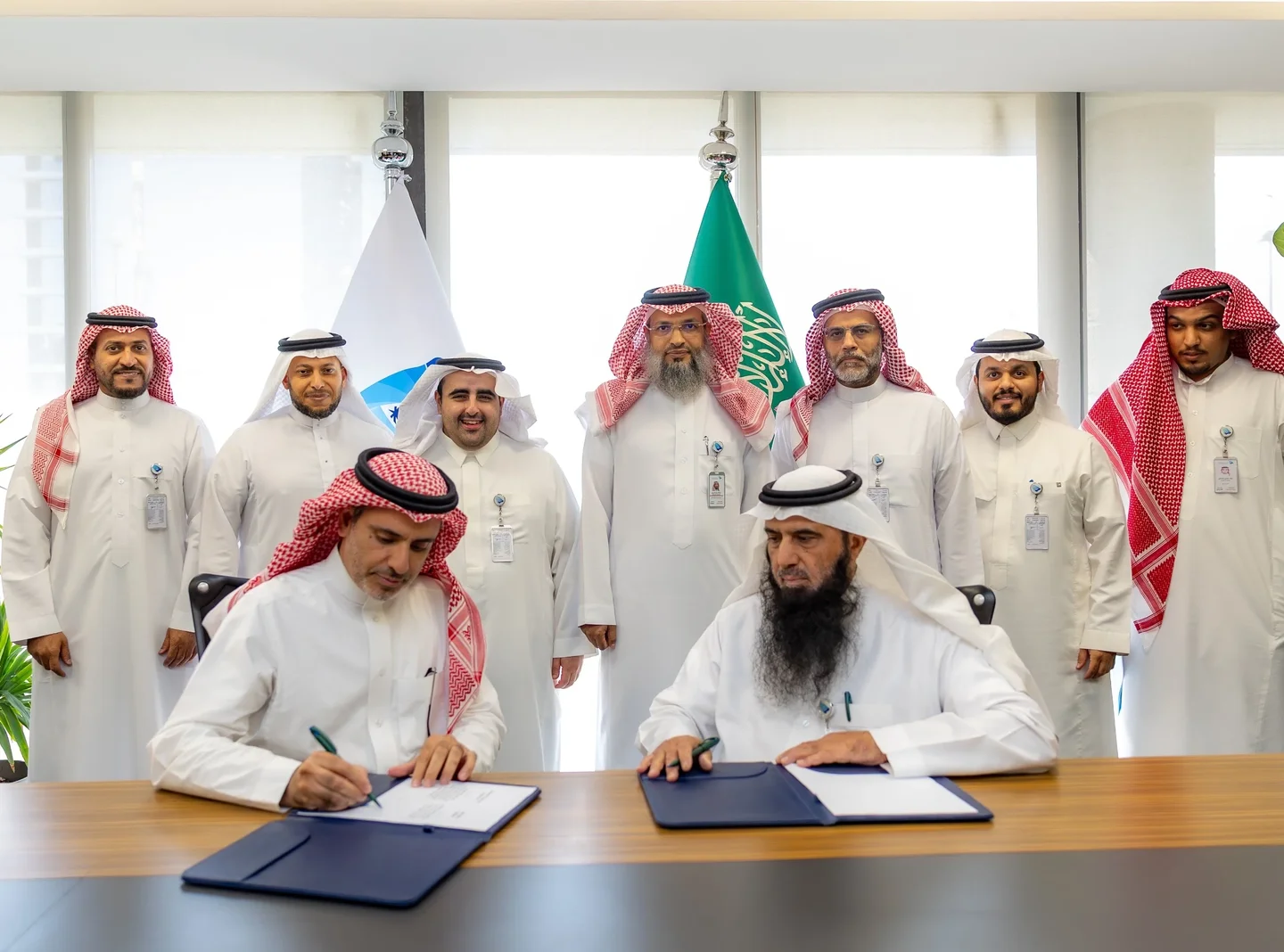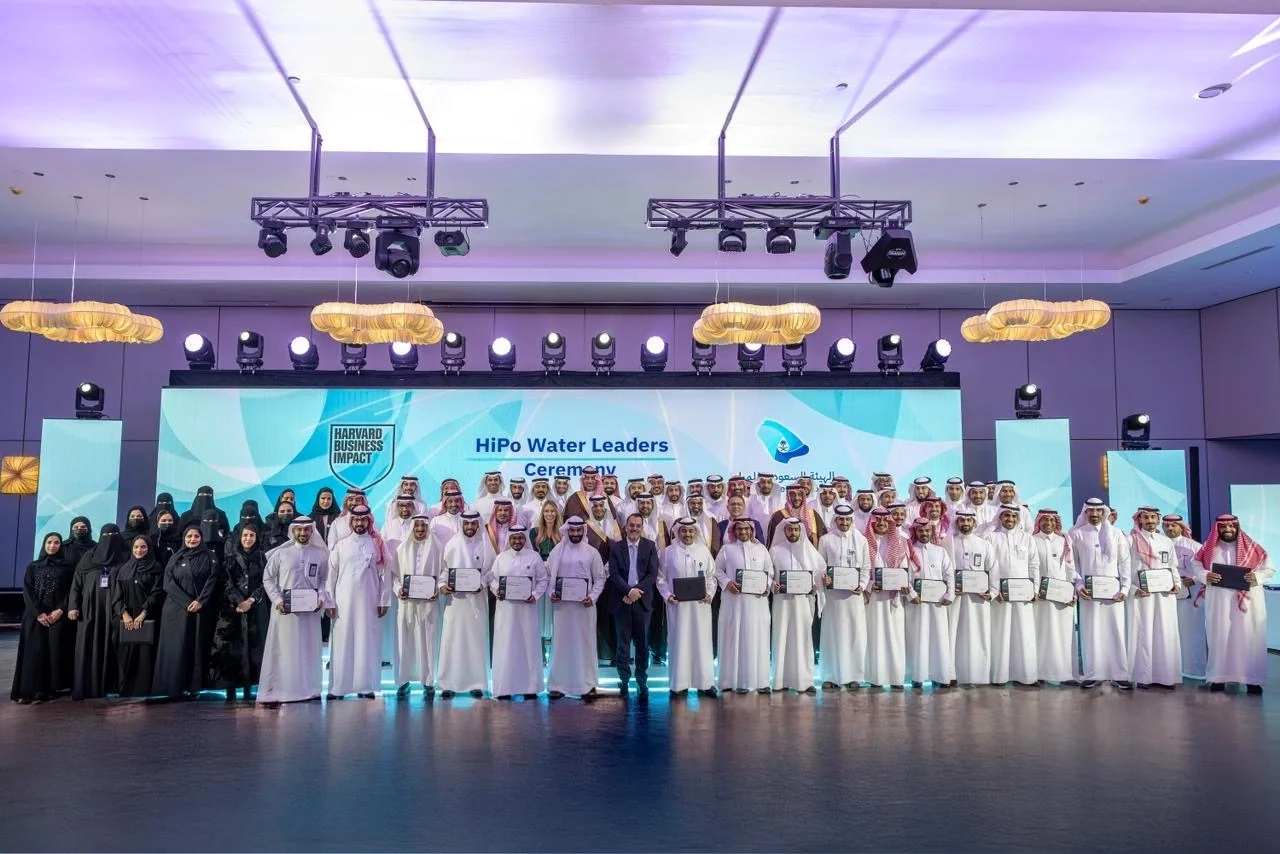Saudi Water Authority Documents 50-Year Journey of Water Desalination in the Kingdom
Saudi Water Authority Documents 50-Year Journey of Water Desalination in the Kingdom

Riyadh
.
Jun 6, 2025
The Saudi Water Authority, in collaboration with the King Abdulaziz Foundation for Research and Archives, has released a new book titled "The Journey of Desalination in the Kingdom of Saudi Arabia", chronicling the historical development of the water desalination industry in the Kingdom. The book details the major milestones and transformations this sector has undergone, from its early beginnings to its current global leadership. It also highlights the tremendous achievements in the water sector followed by the unwavering support and care of the wise leadership—reflected in the Kingdom’s strengthened environmental and water sustainability, and its progress toward the ambitious goals of Vision 2030.
The book narrates a remarkable journey of achievements over the past 50 years since the establishment of the Saline Water Conversion Corporation (SWCC), documenting its humble beginnings, landmark successes, and institutional milestones. The book is available to readers, observers, and researchers, serving as a source of pride for every Saudi citizen.
The chapters explore the vital importance of water in life and the historical water scarcity in the Arabian Peninsula, an arid land without rivers, dependent on inconsistent rainfall, seasonal valleys, and wells that were never sufficient to meet demand and could dry up at any moment. Since the founding of the Saudi state, its leaders have recognized the importance of securing water. They expanded well-drilling efforts and, in some instances, attempted to bring in modern technologies to extract groundwater.
During the reign of King Abdulaziz bin Abdulrahman providing water was one of his central goals. He initiated extensive well-drilling projects and mobilized all available means to extract water, fully aware of its role in building civilizations and sustaining life, and its critical contribution to the development of nations.
According to the book, the year 1384H (1964) marked a turning point when numerous ideas emerged for establishing a permanent and reliable water solution for the Kingdom, which was then rapidly developing. Cities and villages expanded, factories and projects flourished, and Saudi Arabia became a hub attracting global attention. Among the proposed ideas was seawater desalination, a logical solution given the Kingdom’s geographical position between the Arabian Gulf and the Red Sea, two vast water bodies.
The initiative started as a division within the Ministry of Agriculture and Water under the name “Saline Water Conversion,” headed by HRH Prince Mohammed bin Faisal bin Abdulaziz whose competence and research in desalination played a key role in driving the idea forward.
The book describes how this initiative evolved from concept to implementation, with desalination plants established and water networks expanding across major cities. Within two decades, the project became a national success story, delivering water to remote valleys, mountain homes, and desert settlements. The initiative grew into what became the Saline Water Conversion Corporation (SWCC), which expanded its systems and operations across the Kingdom, transforming the arid landscape into a water-connected nation spanning over 2 million square kilometers.
The book details a comprehensive timeline of the most important events and achievements of the corporation, emphasizing water’s significance in life and the unique challenges of water scarcity in the Kingdom. It explores the roles of King Abdulaziz and King Saud in securing water, as well as the development of the SWCC under the reigns of Kings Faisal, Khalid, Fahd, and Abdullah, all the way to the current era of King Salman bin Abdulaziz Al Saud.
Under King Salman’s reign, the SWCC has made impressive leaps in all areas of desalination. The year 1438H (2017) marked a pivotal point in the SWCC’s history with the restructuring of internal and external systems, and improvements in operational efficiency. This resulted in an increase in daily production from 3.5 million m³ to over 5 million m³ without additional costs. The SWCC has since expanded its operations and added new plants as needed. By 1445H (2023), there were 33 desalination systems operating, with a combined daily production of 7.5 million m³.
On 28 Shawwal 1445H (7 May 2024), the Council of Ministers, chaired by the Custodian of the Two Holy Mosques, issued Resolution No. (918), officially transforming the Saline Water Conversion Corporation into the Saudi Water Authority, which now serves as the regulator of all water service activities in the Kingdom.
The book explains that the SWCC’s achievements extended far beyond desalination systems. It also excelled in areas such as innovation, research, training, development projects, sustainability initiatives, and patent generation. Institutional transformation included embracing digitalization and deploying artificial intelligence technologies.
Over the course of its journey, the SWCC earned many prestigious national and international awards and certifications, thanks to the steadfast support of the Saudi leadership and direct royal patronage. This backing was evident in royal visits to its facilities and projects, highlighting the SWCC’s essential role in advancing Saudi Arabia’s social and economic progress.
The SWCC made a major contribution to national development by working alongside various government sectors to meet planning and development objectives, particularly those related to social and economic progress. It played a key role in ensuring water availability across all cities, towns, and provinces in Saudi Arabia, while also supporting the expanding industrial sector and meeting the needs of pilgrims during Hajj and Umrah. Its impact also extended to agriculture, environmental protection, job localization, and promoting sustainability.
The book’s final sections highlight the alignment of the SWCC’s current and future initiatives with the goals of Saudi Vision 2030, and recognize the key leaders who shaped the desalination journey, including ministers and past governors of the institution.




